Arthropods
KNOWN SPECIES
1,136,583
48.20% of our world's living things that are arthropods
CHARACTERISTICS
- animals without a backbone (invertebrates)
- they have armor-like covering
- they have bodies split into segments with jointed legs or mouthparts
SIZE RANGE
microscopic to 13 feet (about 0.1 millimeter to 4 meters)
WHERE THEY LIVE
on land and in fresh water and oceans
Here are just SOME of the world’s arthropods:

leafcutter
ant
SCIENTIFIC NAME:
Atta cephalotes
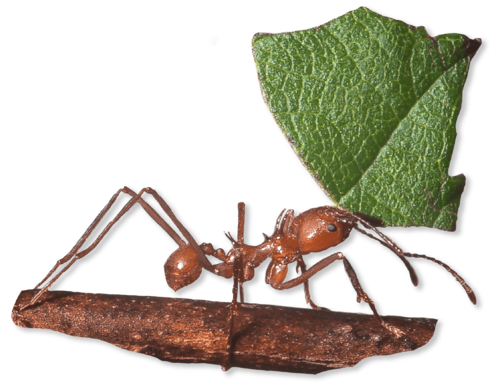
Mediterranean fruit fly
SCIENTIFIC NAME:
Ceratitis capitata
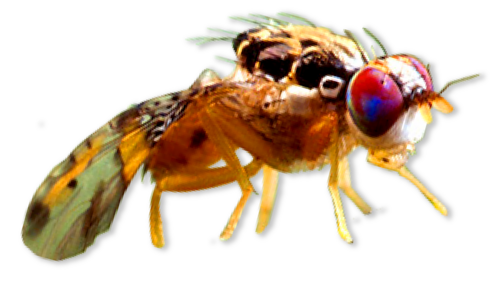
Varroa
mite
SCIENTIFIC NAME:
Varroa jacobsoni
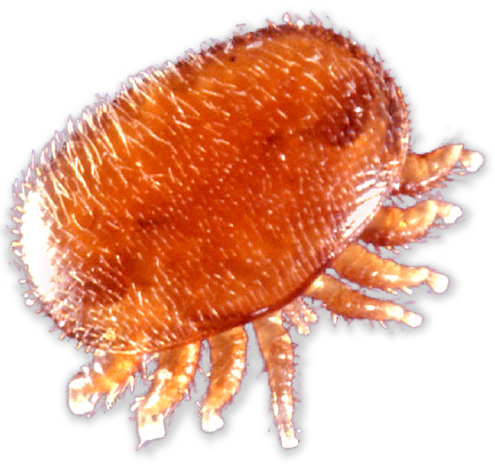
Asian multicolored
ladybird beetle
SCIENTIFIC NAME:
Harmona axyridis
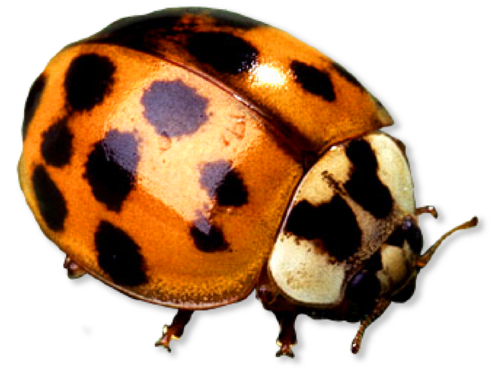
yellow fever
mosquito
SCIENTIFIC NAME:
Aedes aegypti
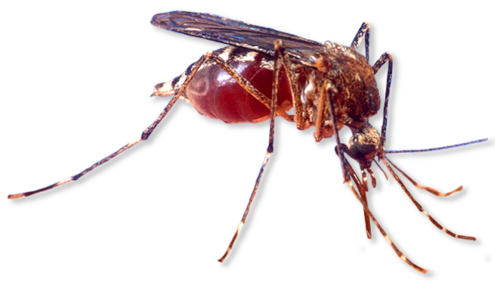
owl butterfly
SCIENTIFIC NAME:
Caligo atreus
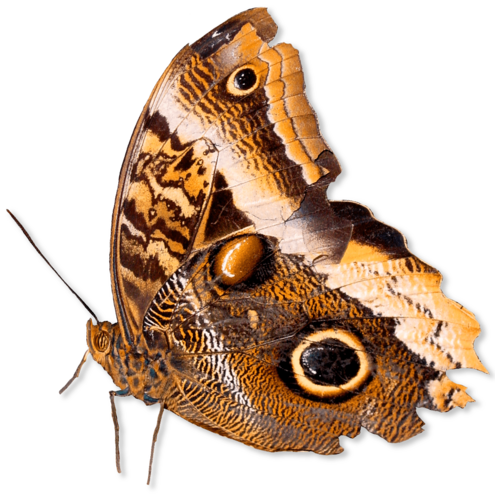
Formosan subterranean
termite
SCIENTIFIC NAME:
Coptotermes formosanus
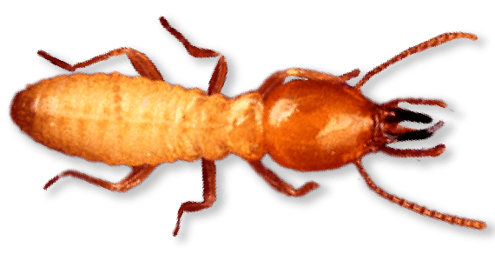
Sally lightfoot crab
SCIENTIFIC NAME:
Grapsus grapsus
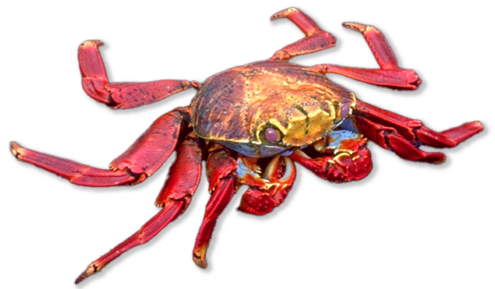
pseudoscorpion
SCIENTIFIC NAME:
Dactylochelifer latreilli
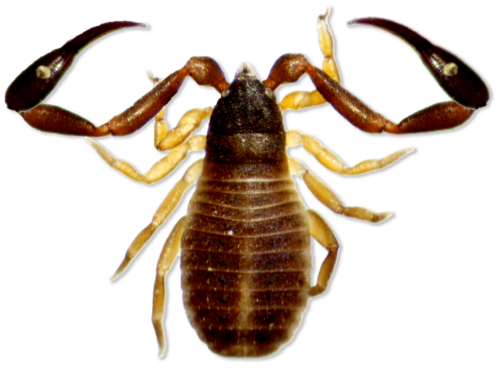
Mexican redknee tarantula
SCIENTIFIC NAME:
Brachypelma smithii
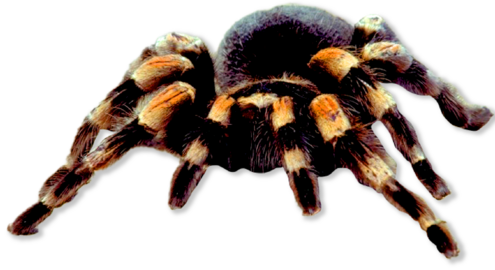
mustached mud bee
SCIENTIFIC NAME:
Anthophora abrupta
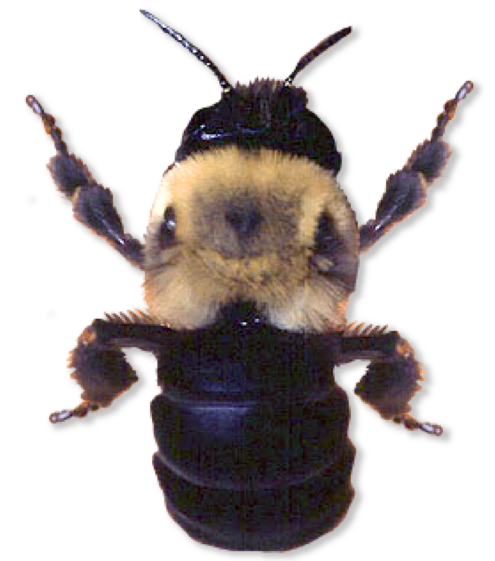
ten-spot skimmer
dragonfly
SCIENTIFC NAME:
Libellula pulchella
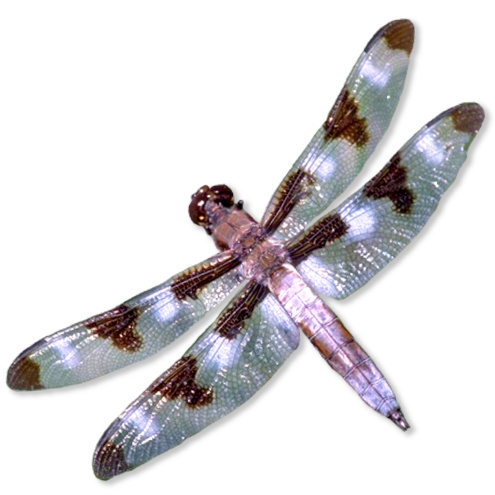
white-tailed spider
SCIENTIFIC NAME:
Lampona cylindrata
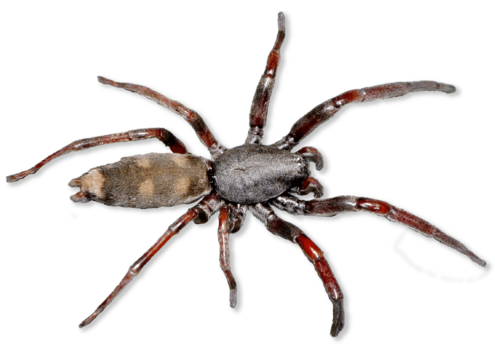
Guess what?
Creepy, crawly, and beautiful, arthropods are by far the largest group of animals on Earth! Almost a third of all known species are beetles.
Image Credits:
Asian multicolored ladybird beetle, Formosan subterranean termite, Mediterranean fruit fly, mustached mud bee, Varroa mite, Courtesy of Scott Bauer, Agricultural Research Service; leafcutter ant, © Pjt56/CC BY 4.0; Mexican redknee tarantula, Sally lightfoot crab, ten-spot skimmer dragonfly, Gerald and Buff Corsi/© California Academy of Sciences; owl butterfly, © AMNH; pseudoscorpion, Courtesy of Carol Tingley, NC State Parks; yellow fever mosquito, Courtesy of Agricultural Research Service; white-tailed spider, © Steve Kerr/CC BY 4.0.




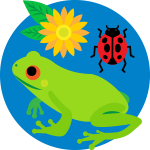 Biodiversity
Biodiversity
 Brain
Brain
 Genetics
Genetics
 Marine BiOLogy
Marine BiOLogy
 MicrobiOLogy
MicrobiOLogy
 PaleontOLogy
PaleontOLogy
 ZoOLogy
ZoOLogy
 AnthropOLogy
AnthropOLogy
 ArchaeOLogy
ArchaeOLogy
 Astronomy
Astronomy
 Climate Change
Climate Change
 Earth
Earth
 Physics
Physics
 Water
Water
